Phyllotopsis nidulans
Scientific name: Phyllotopsis nidulans (Pers.) Singer
Derivation of name: Phyllo- means "leaf" (or "gill" in the
case of mushrooms) and opsis means "appearance"
in
reference to the showy, prominent gills. Nid- means
"nest" although it is not clear how nest or nesting applies
to this species.
Synonyms: Pleurotus nidulans (Pers.) P. Kumm.
Common name(s): Orange mock oyster.
Phylum: Basidiomycota
Order: Agaricales
Family: Tricholomataceae
Occurrence on wood substrate: Saprobic; solitary or
more typically in overlapping clusters on conifer and
deciduous wood; August through November.
Dimensions: Caps 2.5-7.5 cm wide.
Cap: Orange to yellow-orange or paler; densely covered
with hairs; dry; odor offensive.
Gills: Orange to yellow-orange; radiating from point of
attachment.
Spore print: Pale pink.
Stipe: Absent.
Veil: Absent.
Edibility: Inedible.
Comments: A very distinctive fungus but usually with a very
nasty smell.
More infromation at MushroomExpert.com:
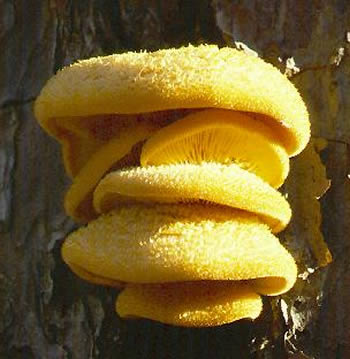
Figure 1. A beautiful view of orange mock oyster with rays
of sunlight highlighting the fuzzy caps. Photo © Larry Grand.
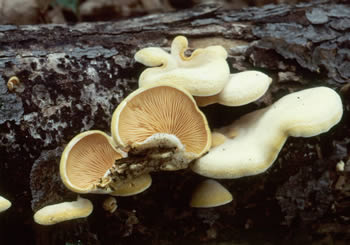
Figure 2.
A much paler specimen than that in Figure 1.
Photo © William Roody.
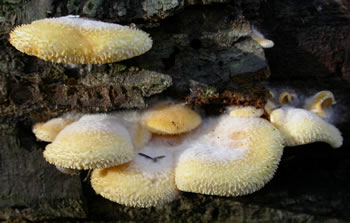
Figure 3. Very young and very fuzzy caps. Photo © Gary
Emberger.
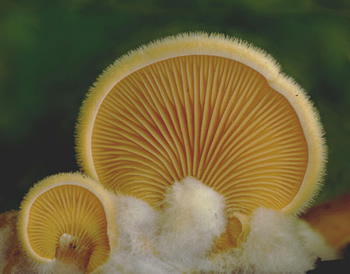
Figure 4. Gills of a young specimen. The gills have the same
color range as the cap
surfaces. Photo © R. Al Simpson.
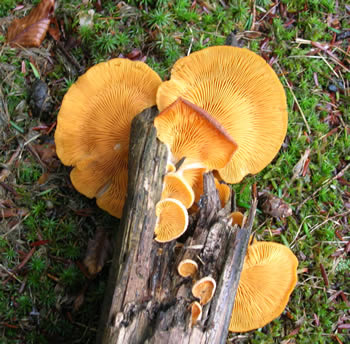
Figure 5. Gills radiate from the stalkless points of
attachment. Photo © Gary Emberger.
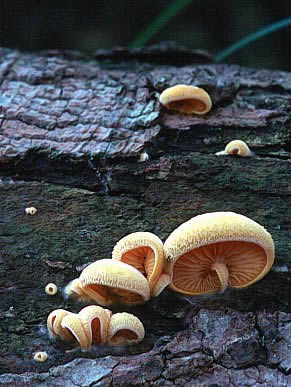
Figure 6. This is an interesting group of young and
maturing
specimens. What appears to be a stalk on
the large
specimen on the right is actually a young,
fuzzy cap
oriented vertically. Photo © Pam Kaminski.